As custom home builders serving Pittsboro and the surrounding areas of Chatham County, Travars Built Homes pays close attention to what today’s homebuyers value most. One of the key questions we help our clients answer is: How much space do you really want in your new home?
The “What Home Buyers Really Want 2024 Edition” study from the National Association of Home Builders (NAHB) reveals some insightful shifts in buyer preferences when it comes to home size.
Here’s a closer look at what homebuyers say they currently have—and what they actually want:
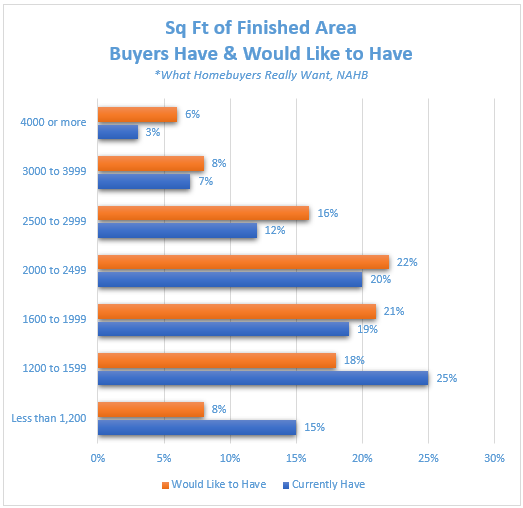
What These Trends Tell Us
The data reflects a variety of buyer preferences—while many homeowners do want more space than they currently have, larger homes are not the goal for everyone.
Larger homes (3,000+ sq ft) still appeal to some, especially those looking for multigenerational layouts or high-end features. However, just 14% of buyers said they want a home over 3,000 sq ft—and only 6% want more than 4,000 sq ft—even in the context of “would like to have.”
Smaller homes (<1,600 sq ft) are desirable for 26% of buyers, potentially for its affordability and simplicity.
Mid-size homes (1,600 – 2,499 sq ft) represent the sweet spot for the majority of buyers. Nearly 70% of homebuyers want homes under 2,500 sq ft, indicating that spaciousness doesn’t have to mean oversized.
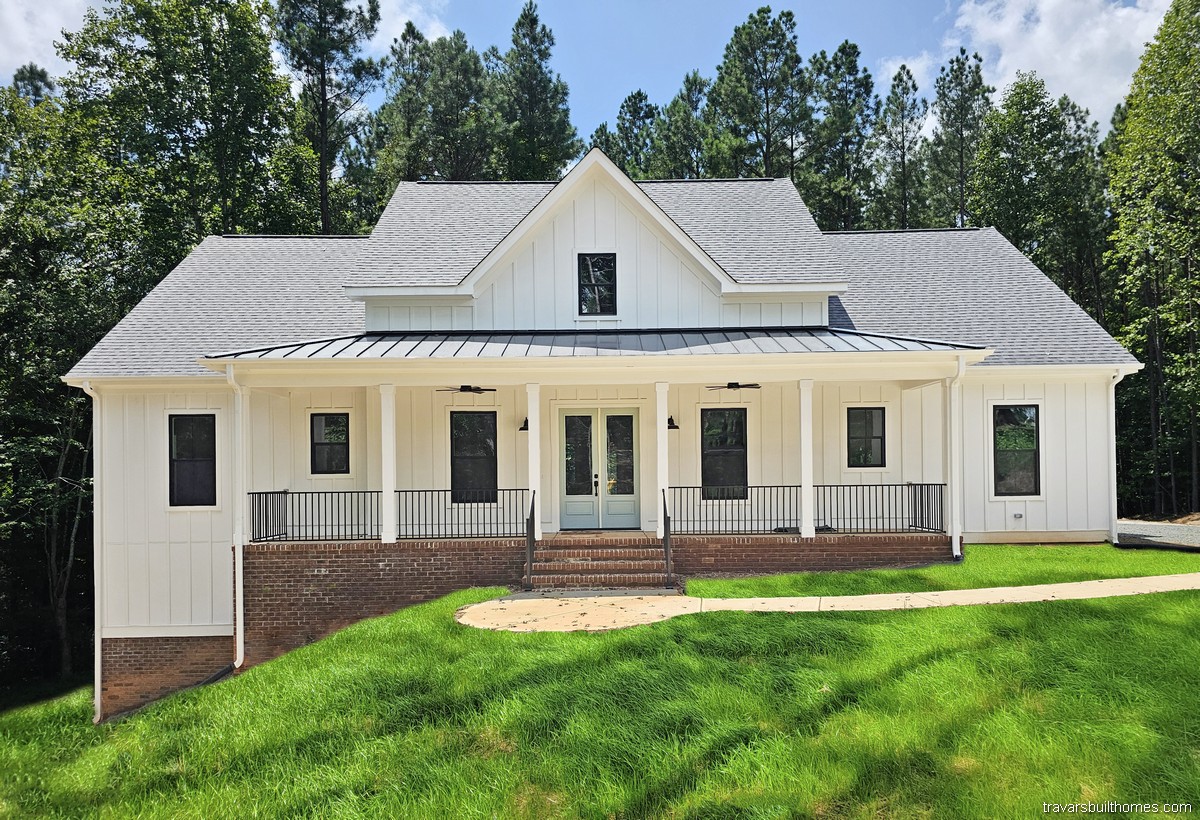
Understanding the Shift in Preferences
According to the NAHB:
“In the last 20 years, there has been a clear shift downward in the amount of space buyers want. NAHB studies from 2003 to 2012 reveal that the typical buyer during this period wanted a home with at least 2,200 sq ft of finished area. Starting in 2015, however, buyers’ preferences shifted toward smaller homes. That year, and then again in 2018, 2020, and 2023, the typical buyer decided a home with around 2,000 to 2,075 sq ft was enough.”
This downward trend may reflect the rising cost of construction, a desire to save on heating and cooling costs, and changing lifestyle priorities such as simplified living or lower maintenance and upkeep responsibilities.
Travars Built offers homes in each of these size ranges. Explore the full range of plans here.
What This Means for Homebuilding in Pittsboro and Chatham County
At Travars Built Homes, our portfolio includes a wide range of home sizes, with a strong emphasis on flexible layouts, custom options, and efficient design strategies. This attention to layout becomes especially meaningful because buyers can customize floorplans to meet their specific needs, rather than being reliant on a small set of predesigned plans.
We also see rising interest in:
- Potential for future outdoor living areas, with guest-accessible bathrooms located nearby for long-term convenience
- Multigenerational suites and guest quarters
- Homeschool rooms and learning spaces
- Custom pantry layouts with built-in storage solutions
- Dedicated home offices—often with interest in two separate work-from-home spaces
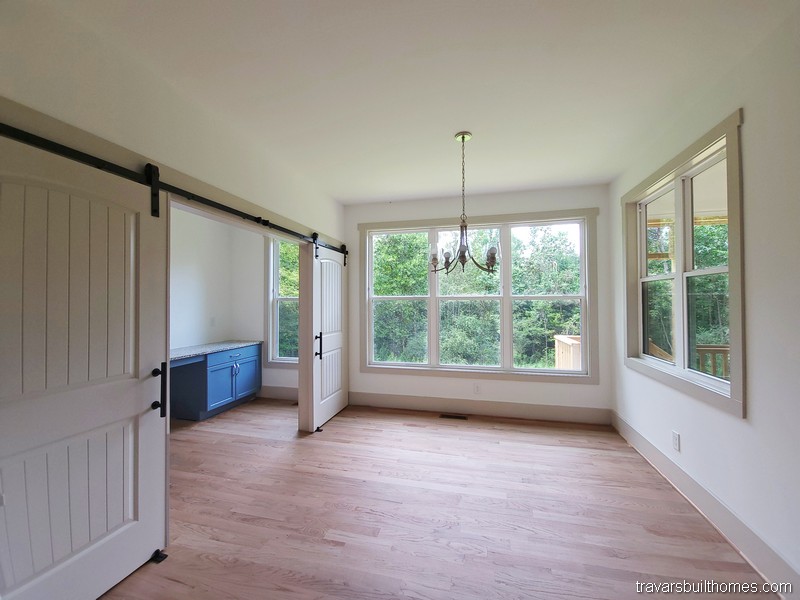
Explore Your Options
Whether you’re looking to right-size your home or build with room to grow, Travars Built Homes can help you create a space that fits your lifestyle, needs, and budget.
Take a look at our available floor plans and let us know how we can bring your vision to life.

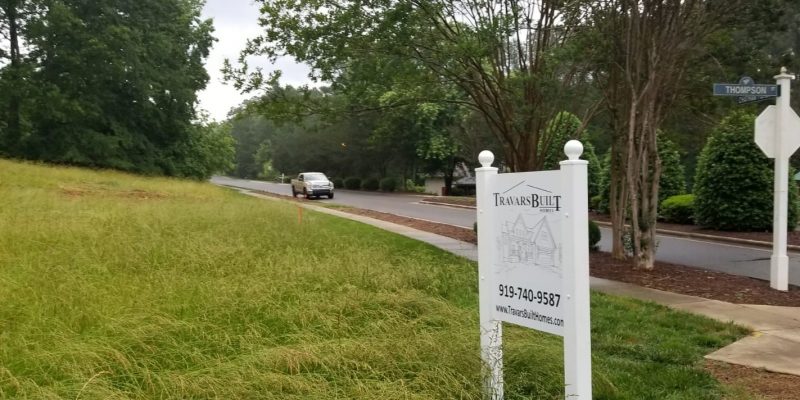

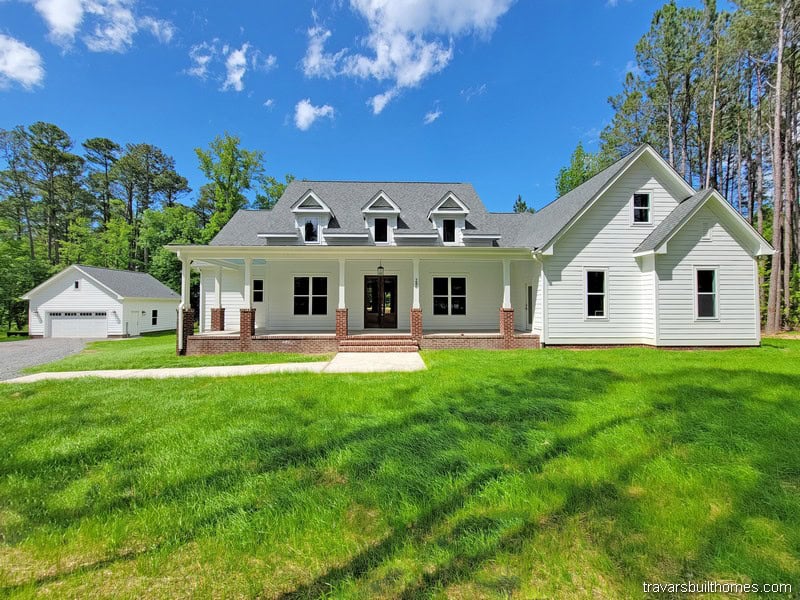
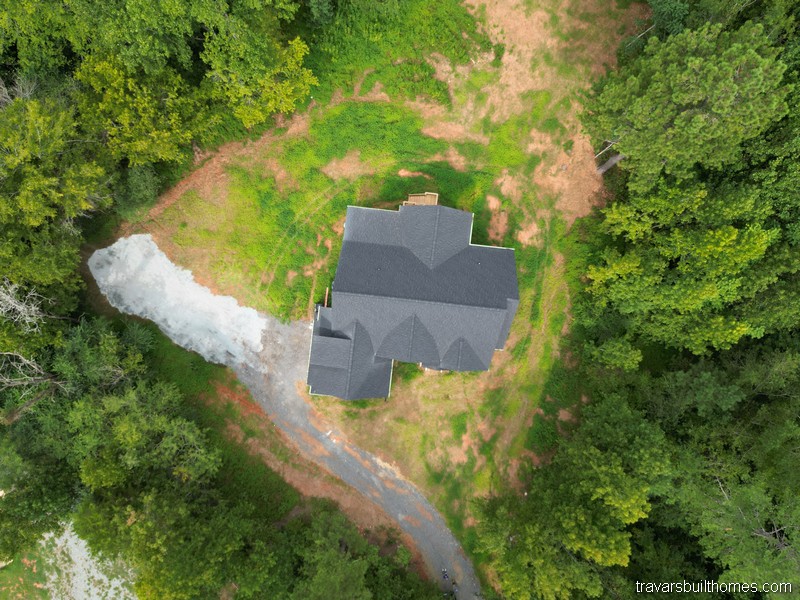
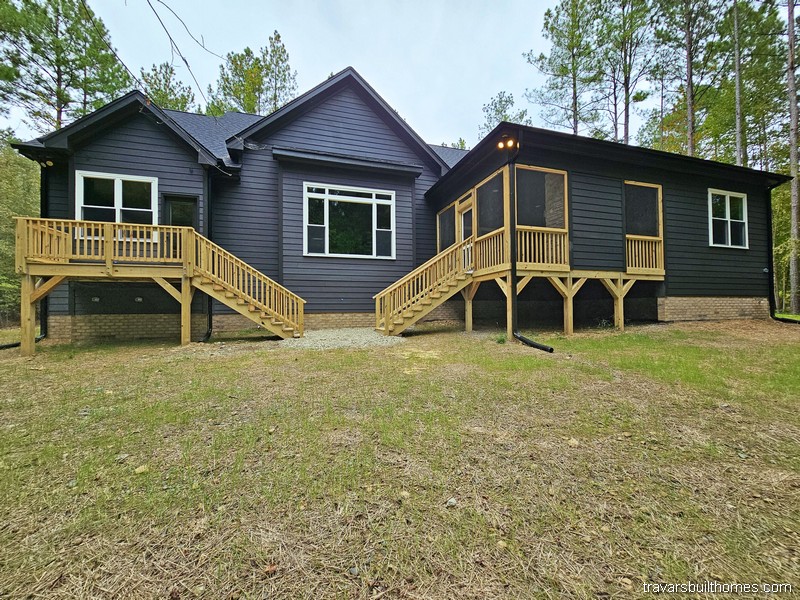
 Important Disclaimer
Important Disclaimer